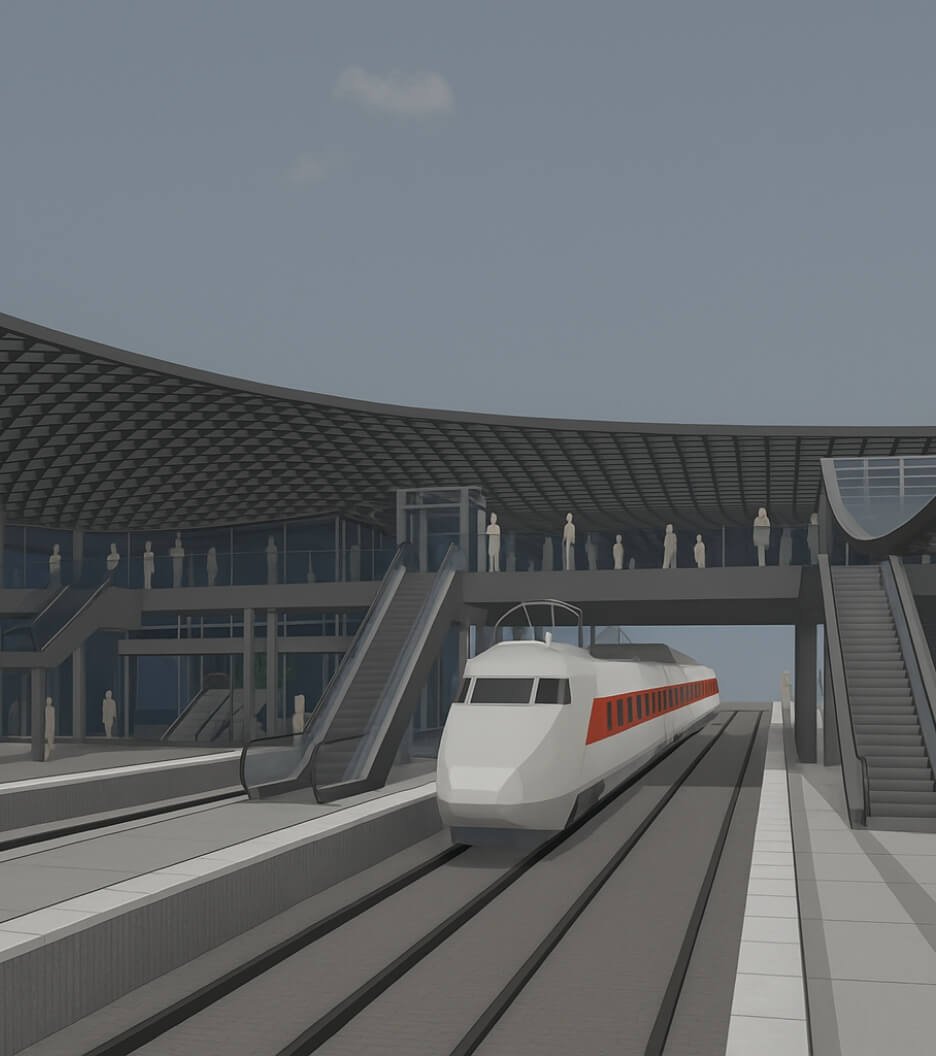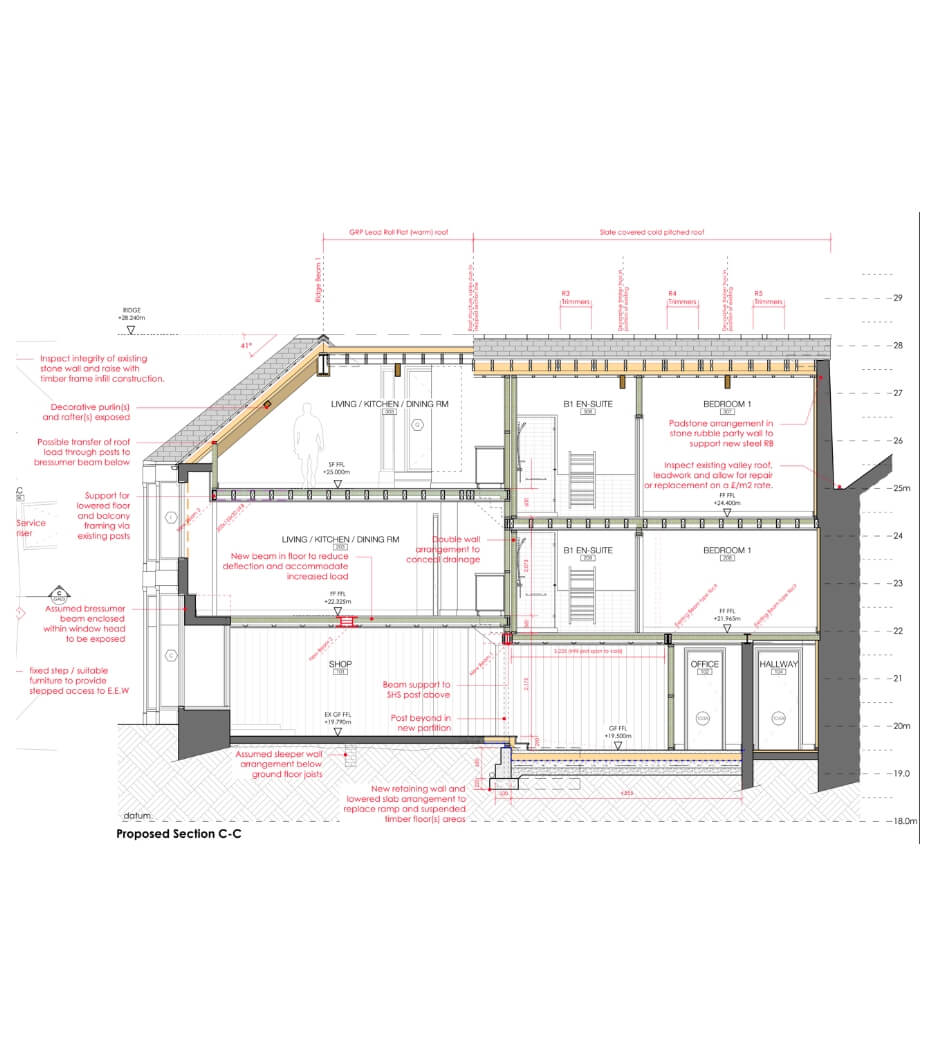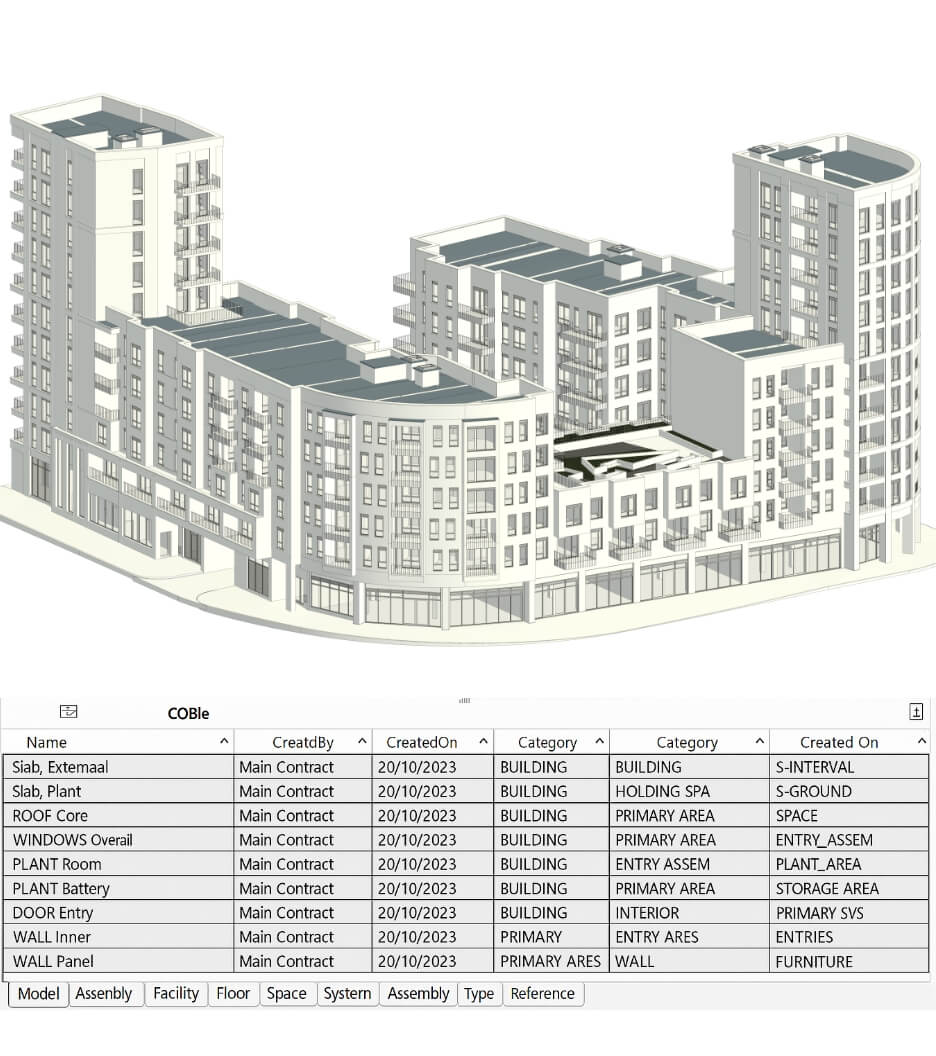 Moin Khan
Moin Khan
Choosing the Right LOD for Your BIM Project
 Moin Khan
Moin Khan
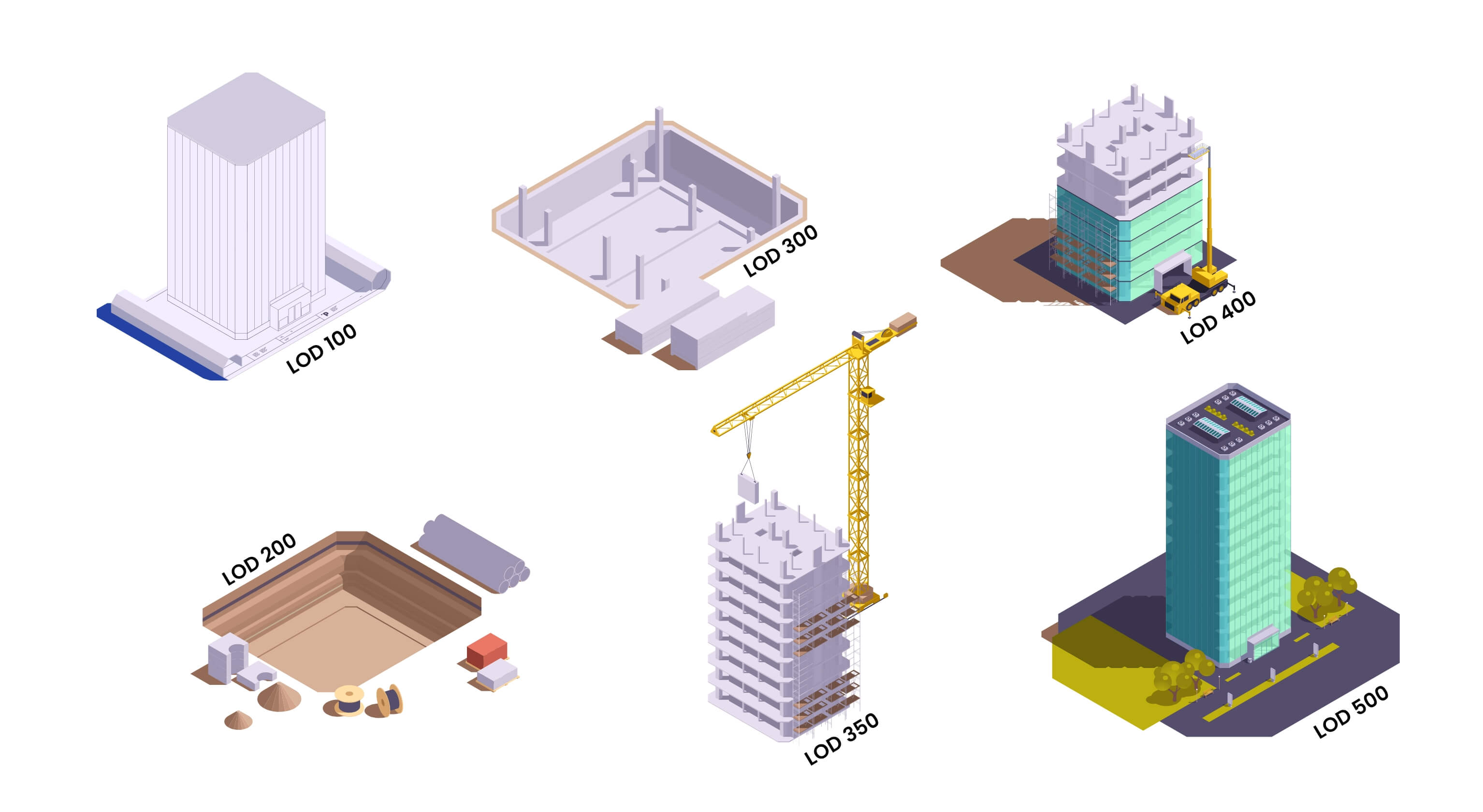
Send Us Your Requirement
The constantly evolving landscape of architecture and construction, technology, and emerging innovations has been a significant part. Traditional construction practices cannot offer reliable and accurate results; therefore, adopting the latest technology and work approach is evident. While the industry continues to adapt the latest methods and technologies, building information modeling has emerged as a transformative technology and has become an indispensable tool in today’s AEC sector.
Today, it is no longer an approach but a mandatory technology that enables architects, engineers, and other professionals to enhance the complex architectural process, streamline workflows, and achieve accurate design efficiency without over-budgeting the project. The benefits of BIM applications are endless, from offering 3D digital representation of the project to facility management. BIM architectural services are now a go-to tool for AEC professionals.
It facilitates the creation as well as management of infrastructure projects with physical and functional characteristics. The idea and implementation of building information modeling are not new concepts; however, it involves various concepts at different stages of construction. It is a well-known fact that architecture and construction processes involve several complex, tedious, and time-consuming stages. For the success of a project, every stage of architecture must be accurate, efficient, and reliable, although it is not only in terms of design.
Upscale Architecture BIM Project with Specific LOD for Efficiency
Talk to Our Experts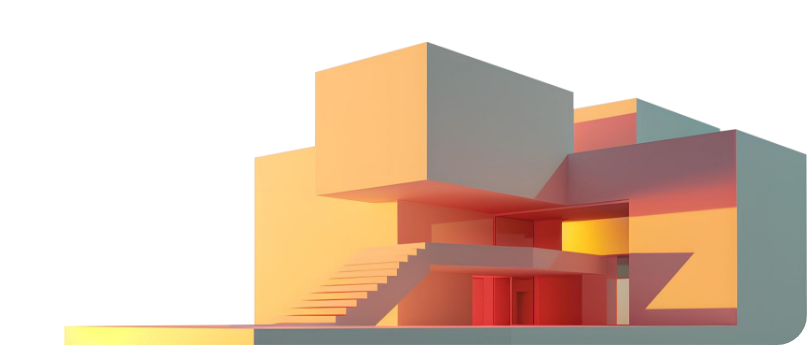
The level of development in BIM is a theoretical and crucial concept that guides AEC professionals with specific details, information, accuracy, and the completion stage of the project. When it comes to creating a BIM model for a project, LOD is a significant concept that enables the sharing of specific information at a particular stage of construction.
LOD in construction plays an evident role and is undoubtedly a game changer in the architecture and construction industry. For a more precise and thorough understanding, let’s examine the definition of level of development in detail, its impact on outcomes, and how to select the appropriate LOD for a BIM project.
In-depth Insights to BIM Level of Development
BIM architectural services encompass not only the digital representation of the project but also its detailed aspects. Typically, LOD in BIM refers to detailing, accuracy, and information specified in the BIM model. From material type to representing the time of completion, LOD is a concept that enables understanding of the content and reliability of the 3D BIM model, allowing architects and designers to stay updated with each stage of construction while enhancing communication and collaboration. As a matter of fact, BIM LOD standards bring clarity for AEC professionals to what to expect at each stage of construction in terms of design intent, management of time, cost estimation, resource allocation, and more.
LOD provides detailed information as required at various stages of construction, from conceptual design to facility management. Furthermore, as there are various stages of construction, different levels of development have specific standards that bring clarity, consistency, and lifecycle management. This results in reduced costly errors, improved communication, and better project execution.
Once building information modeling was introduced, the LOD concept came in later. Originally, it originated at the American Institute of Architecture, which standardizes the detail and accuracy of BIM models to ensure effective communication. Before this mandate, there was frequent miscommunication between design expectations and project delivery, as it wasn’t up to standard. Therefore, AIA introduced a theoretical concept for BIM project planning to deliver expected results, streamline project workflows, enhance communication, and more.
Today, the level of development has become an international standard that is accepted across the AEC industry for coordination and communication among various AEC professionals. Not only this, but implementation of LOD in BIM architectural services brings a variety of benefits, such as;
Unlock the Full Potential of BIM with the Right LOD
Improved project communication
Better estimation of cost
Accurate project execution
Reduced project errors
Enhanced project management
Efficient resource allocation
These are some of the key benefits that significantly contribute to the project’s success. Introducing the significant concept, AIA divided into six levels, defining specific standards. Discover BIM design detail level, offering various specifications.
Different BIM LOD in Construction
As discussed, BIM is a significant technology in the modern era of architecture and construction. Offering high-quality and accurate project outcomes, details, and level of information in the BIM model increases at each stage. In fact, there are different stages of construction, demanding accuracy and efficiency, which is why the AIA defined the size level of development, ranging from LOD 100 to LOD 500, providing detailed information, reliability, and other project details.
Typically, AEC firms work up to LOD 350 or 400 as it showcases 80% of the project elements. Each scale brings different information during the designing phase and facilitates communication between BIM professionals and other AEC experts to maintain and coordinate accordingly. The following are different LODs in BIM project planning.
- LOD 100 – Conceptual Design: It is a basic level of development that entails general spatial representation of the elements at an early phase of the design. This level of development is used for understanding initial planning, basic visualizations, and feasibility of execution.
- LOD 200 – Schematic Design: This is the second level, showcasing defined geometry, placeholders for elements, and additional information from LOD100. Schematic design typically includes information about the size, location, and function of the element, allowing AEC professionals to have a clear understanding and general idea of the elements.
- LOD 300- Detailed Design: At this level of development, components, elements, or parts are defined with precise information and data. Moreover, this is the level where clash detection services also play a crucial role in identifying potential errors, resolving them, and facilitating detailed design development, among other tasks.
- LOD 350 – Advanced Design Coordination: It provides detailed information on the interface of components and elements, enabling AEC professionals to understand coordination, links, and supports. Moreover, design coordination LOD is significant in representing harmony between MEP components, architecture, and structure, while also identifying internal clashes.
- LOD 400 – Fabrication & Assembly: In this stage of construction, the 3D model includes fabrication details, such as material properties, tolerances, and other manufacturing specifications.
- Lod 500- As Built Model: At the final stage of BIM modeling, as built condition with accurate geometry, dimensions, and data for facility management. This 5D modeling is helpful for operations, maintaining infrastructure, facilitating seamless renovation in the future, and more.
These are the six segments of the level of development in BIM, offering insights at each stage of the construction process. Ensuring accuracy and efficiency helps enhance overall building performance while ensuring the construction process is executed accurately and without costly errors. As a matter of fact, choosing the right LOD of the BIM project is essential for success and safe onsite construction work. Explore in detail how the right level of development can be beneficial for the architecture and construction project.
Choosing the Right BIM LOD for Construction Project
As discussed in detail regarding the different stages of the BIM model and the implementation of LOD, it is evident that the right level of development should be chosen for the project. In the AEC landscape, the success of the project is dependent on the accuracy and efficiency in stages of construction. Considering that it is evident to choose the right level of BIM development for the success of the project. Since AIA has defined six LODs in BIM, each of the standards defines particular detail and allows AEC professionals to enhance collaboration as required.
Every architecture and construction project is different in terms of design, end goal, type, and other factors. This decides the complexity of the BIM model and amount of information. It is evident to choose the right LOD for the BIM project; however, it is surely a tedious as well as a challenging task. There are certain factors to consider that can help make an informed decision.
Make the Right Choice with These Essential Insights
Optimized model for intended use
Availability of resources
Understanding project goals and requirements
Align LOD with project phase
Industry standards and codes
- Optimized model for intended use: LOD in BIM helps to understand the optimization, as a lower or initial level of development can be rendered efficiently within the given time. While on the other hand, for architectural visualization, higher LOD is required for accurate representation. For concept design, general data, and budgeting, LOD 100-200 is a better choice. As a matter of fact, reducing the level of detail helps create a smaller file size that is easy to share in different applications.
- Understanding project goals and requirements: Is a significant factor in selecting the right LOD standard. As AIA has defined six standards, each of the significant levels of development provides information. From early stage to post-construction, LOD helps maintain communication; however, understanding the project goals and the client’s needs is also important. For example, detailed design and coordination data requirements, as specified in LOD 300, are applicable, whereas for facility management or asset data, LOD 500 is required. Here’s a breakdown of segments for picking the right LOD.
- Early stages: LOD 100-200
- Design development: LOD 300
- Construction phase: LOD 350-400
- Post construction: LOD 500
- Availability of resources: Resources are crucial for executing the entire BIM modeling process for construction projects, from software and cutting-edge technologies to having BIM experts with acute knowledge, skills, keen attention to detail, and adaptability to move ahead with technology. Moreover, with a significant team of resources and updated software, project owners can easily achieve their goals and execute construction projects with accuracy and efficiency.
- Align LOD with project phase: Every architecture and construction project entails different phases that offer peak insights. Other stages are crucial in BIM modeling, allowing AEC professionals to enhance accuracy, efficiency, and reliability of the model. Moreover, it improves communication and coordination among various AEC experts, enabling each professional to stay on the same page.
- Industry standards and codes: The AEC sector is vast and has various standards, regulations, and codes to ensure consistency and accuracy. Codes and standards of construction differ from country to country, depending on the government guidelines. Although following the construction guidelines ensures the seamless execution of the project, including the required documentation and valid permits for the building.
These factors mentioned above are major as well as generic. By carefully considering and selecting the specific LOD for BIM projects, it leads to better communication, less rework, and the successful onsite execution of the project. Primarily, it depends on the project requirements as well as the client’s demand. Due to the complex nature of various factors, it is necessary to outsource BIM modeling services for accurate LOD in the project.
Outsource BIM Level of Development
AEC is a vast, evolving, and complex sector that requires precision for project success. Each project differs based on its type and goal. For an accurate BIM model of the project, AEC firms seek innovative and cost-effective ways to enhance BIM modeling while reducing expenses. Therefore, outsourcing BIM services to a reliable company is a comprehensive solution for various factors. Cost-effective technologies, resources, and a focus on core business goals make outsourcing a trustworthy, beneficial, and efficient solution for AEC firms.
Moreover, AEC firms require an in-house team of BIM experts, which necessitates significant investment in infrastructure, software, talent, and extensive training. All this is skipped when partnering with a reliable outsourcing BIM company, allowing AEC firms to focus on their core business segments efficiently. This saves costs, brings about the required outcomes, fosters business growth, enables high-value projects, facilitates informed decision-making, and more. As the outsourcing market is increasingly growing, the following are some of the factors to consider when picking the right one;
- Experience
- Technology and resources
- Client testimonials
- Pricing plans
- Portfolio in the specific industry
- Project delivery
- Communication and coordination
Above are the generic factors that help in selecting the right outsourcing BIM partner. UniquesCADD is a top BIM company, offering services to clients that oversee different industries. Our team of professionals ensures quality, efficiency, and accuracy, with expertise in providing development up to 500. With significant and updated technology, our professionals deliver desired outcomes that align with project goals and requirements within the designated project timeline.
Final Thoughts
BIM LOD is essential for achieving project success as it offers accuracy and efficiency in the dynamic realm of AEC. Understanding and integrating the required BIM LOD standards helps to unlock the full potential of BIM and ensure accuracy throughout the overall project.
